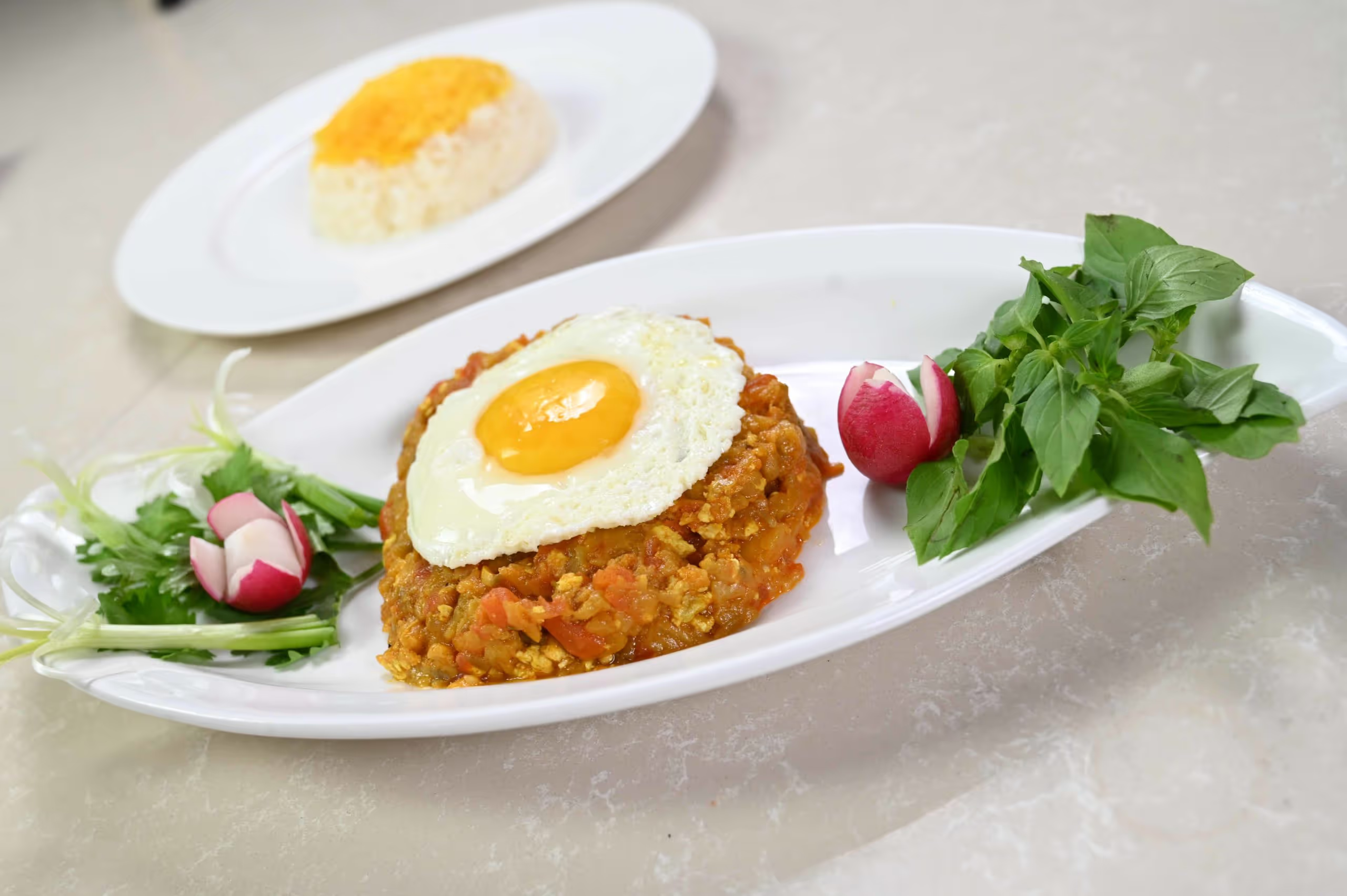Gazpacho is a Spanish classic cold soup made of blended raw vegetables, soaked bread and usually served in a glass, not a bowl.
Soups are liquid food, generally served warm or cold. They are made by combining a range of ingredients such as stocks, vegetables, meat, etc. and are generally served as a starter or the first course in any meal.
Soups can be traced back as far as 20,000 BC, having evolved according to local ingredients and tastes. Originally, the term used for soups was “broth”, but the name “soup” is actually derived from the old French word “soupe” which means, “bread soaked in broth”.
In the classical kitchen, soups were considered as a complete dish in themselves, because of their rich nutritional value and were served as breakfast or dinner. However, soups are now served as a starter rather than a main course.
New England Chowder, Spanish Gazpacho, Italian Minestrone, French Onion, Chinese Chicken Corn and the classical Consommé of French origin are some popularly known soups from different continents and cuisines. Soups have distinctive flavors and methods of preparation, leading to their wide classification.
To learn more about the different types of soups, you can go through the introductory lesson - Making Good Soups.
Soup Recipe of the Day - The Gazpacho
About Gazpacho
The Gazpacho originates from the region of Andalusia, in South of Spain. It is believed that this rich, cold soup was created for farmers during the harvest time when they had to work for several hours in extremely hot summer weather and needed food rich in water and salt to help nourish, sustain and hydrate them.
Now it is one of the world’s most renowned dishes from Spain. Gazpacho is an easy to make cold soup, usually referred to as a liquid salad and is ideally served in summer because it is rich in vitamins and very refreshing to drink.
This Dish
Gazpacho is a Spanish classic cold soup made of blended raw vegetables, soaked bread and usually served in a glass, not a bowl.
Recipe Card (to serve 4 pax)
Method of Cooking
- Pre-heat oven to 160˚C.
- Cut the vegetables into brunoise for garnish, set aside.
- Deseed and chop tomatoes, red bell pepper and cucumber, place in a deep bowl.
- Soak a slice of bread in water; take out and squeeze excess water, then add to the bowl.
- Add garlic, vinegar, olive oil and water, then blend thoroughly.
- Season with salt and pepper to taste and pass through a strainer.
- Chill the soup in the fridge before you serve.
- In an oven tray, drizzle the slices of baguette with olive oil and toast in the oven for 6 minutes or until golden and crisp.
- When the soup is chilled, take out and pour into cups and garnish with yellow and green bell pepper brunoise, then drizzle with olive oil and top with a croute.







.avif)


.avif)
.avif)